Signage in a local contractors window in fashionable East Passyunk, Philadelphia.
Talking Covers, an ace new blog about book cover design, is featuring my artwork for NEVER MIND THE POLLACKS, with my recollections along with author Neal Pollack’s… Shout-outs and walk-ons abound, including Jim Roll’s amazing record Inhabiting the Ball, my old label The Telegraph Company, and a meandering discursion on the Harvest Records roster… the blog is curated by author Sean Manning. Neal and I are in ridiculously great company – Ben Marcus’ Flame Alphabet, Francine Prose’s My New American Life, and Love Goes to Buildings on Fire are featured, among others… check it.
Carter Brown? Here, and more here on the blog soon-ish… On Paul Ilton nothing, sadly, but he seems learned and earnest. Not sure the wanton luridness of the cover is what he had in mind. Oh well. The rest are self evident…
Captain Nemo, illustration by N.C. Wyeth from a 1918 edition of The Mysterious Island by Jules Verne. (courtesy of Mike Dubisch)
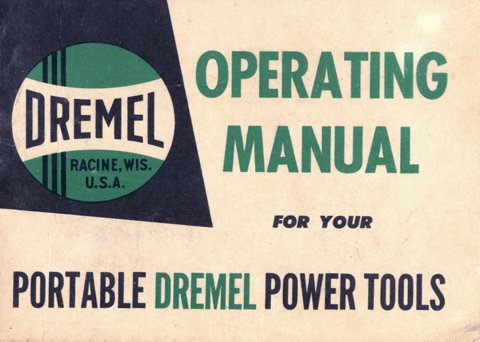
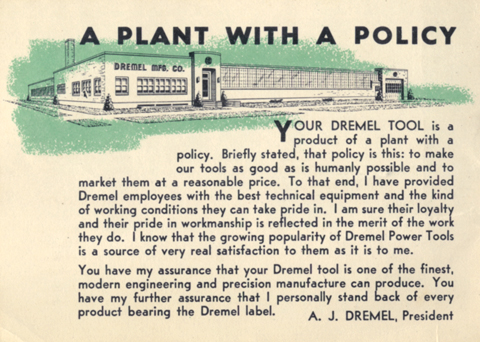
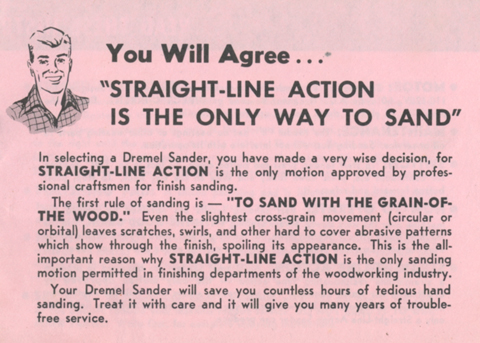
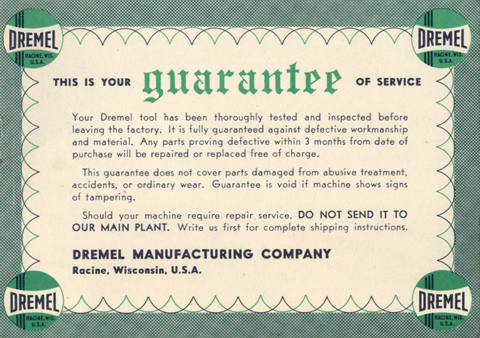
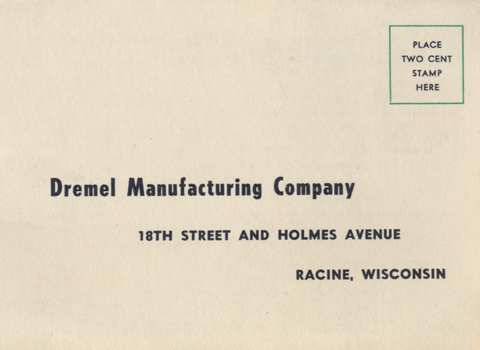
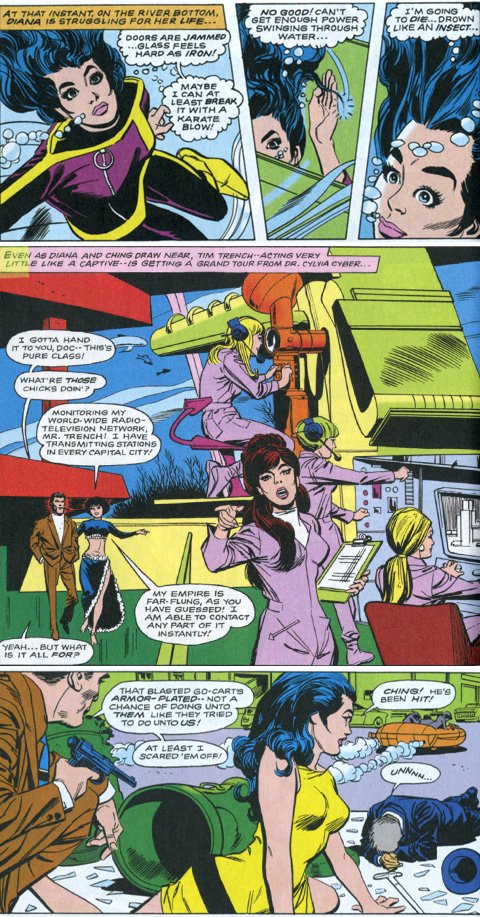
Wonder Woman is really confusing.
Consider the other members of the comic book trinity. Batman: Bruce Wayne, Gotham, detective. Superman: Clark Kent, Metropolis, boy scout. Their essences are schematic. Wonder Woman has been an Amazon and an Olympian. She’s been a god, a mortal, and a mix of both. She’s Diana Prince sometimes, she’s Diana Prince always, she’s never been Diana Prince. She had the invisible plane, gained the power of flight, then gotten the plane back – which I guess she uses when… she…umm… flyes back home? Yes home, which is on the island of Themyscira… or is it Boston, Gateway City, New York? Severe shifts in character and narrative continuity are endemic in comics, sure, but this schizoid blackboard eraser approach is more than a little nuts. It has left her less an icon than a notion of one.
That said, one of Wonder Woman’s most random, and most enjoyable, phases was her 60’s incarnation as a mod boutique owner and secret agent. Pop culture was undergoing a massive collective spy fantasia. Bond movies were at the height of their popularity and surreality. Every flavor of espionage was in vogue – Harry Palmer, Michael Caine’s working class spy, Italian comic book adaptations like Danger: Diabolik and Modesty Blaise, and Dean Martin’s candy colored Matt Helm absurdities. The genre’s high point is probably James Coburn’s peerless set of Flint movies (don’t miss this extended montage of highlights). They all shared a common widescreen Technicolor palette – mod fashions, mid century modern design, a taste for a splashy op art and the occasional dose of the lysergic. On television, Aaron Spelling’s pioneering swinging lady detective series Honey West had just been annihilated by the arrival of a fab new import from the UK – the Avengers.
The Avengers featured the espionage escapades of dapper Victorian John Steed and incomparable hepcat Emma Peel. In Peel, played by Diana Rigg, the genre had found it’s female icon. She was a stone cold fox, a brain box, a wit, and singularly, unforgettably stylish. (Peel’s wardrobe is virtually a case study in 60’s mod fashions – saturated pop colors, geometric patterns and cuts)
Emma Peel became the explicit model for the 60’s manifestation of Wonder Woman. She shed her powers and permanently adopted her mortal alter ego Diana Prince. She opened a fashionable clothing store. She rebuilt her fighting skills under the tutelage of her new sidekick, the wise, blind kung fu sage, I-Ching. The art was fantastic – a perfect blend of 50’s Romance comics, Good Girl Art, and Dan DeCarlo’s Josie and the Pussycats. The result was derivative, obvious, and absolutely delightful. (DC has recently reissued 3 volumes of this era – all are worthwhile, all easily found).
Now? Cats! Cats people, cats! This How to Draw Cats is magnificent. Walter Foster’s illustrations nail the scrappy majesty of these creatures. In every sketch I can feel their essential nature – miniature tigers that live with us, mercenary fierceness held tenuously at bay, in total, blissful, ambivalent satisfaction.
This feels about right, this vignette on the cover of this old HeathKit manual, when I think about my dad, about him being my dad, being his son, and being me. We did a lot of this kind of stuff – building things, kits, electronics, etc… the dynamics of the scene feel very familiar, a working sketch of many genuine memories. There’s a lot of each of us woven up in the idea of HeathKits.
For him it was a part of his love of understanding the underlying mechanics of how things worked. In this case the project was an Automotive Engine Analyzer. He also build a Vacuum Tube Volt-meter. It’s apt that he liked to put together devices whose purpose was to evaluate other devices. A profound pleasure for him, I think.
For us, then, it was a bridge, a dense lattice that bound us in the moment, and bound us thereafter. Making, doing, building, learning, understanding, crafting. Many of my fondest, most deeply held moments with him, in retrospect felt like this – like the cover, like HeathKit moments.
Below is a metronome we built together. It’s been with me for decades and it’s still one of my absolute favorite objects – built well, simple, natty looking, reliable, and steady – always steady…
Some recent mannequins… the first and third were side by side in a dealer’s pen in an antiques mall in Coxsackie. It was such an odd assortment, incongruities caroming from object to object. Treacly, homespun tchotchkes mixed with genuine posessions, weathered with age and use, saturated with soggy history. In the middle, cast adrift, two buoys in the Sea of Pizazz, one in the pale, empurpled waves of the 70’s, the other in the sharper currents of the 80’s. But then you notice the clerical sash. And the Grand Ole Opry hat… like I said… caroming incongruities. The second one is installed in a window on Jay Street in Schenectady. The last one haughtily surveys a corner of an antique shop in Burlington, New Jersey.
written, as is, May 18th, 2012, with a single word removed. Carriage returns added.
Blue Box of Death, 2011
This masterwork of smartaleckery comes courtesy of Styron Lundberg, a Parisian designer. More work here, all smart, but this one here’s a homer…
This is it, look no further. This single is going to change the sound of music for the next 15 years. – Brian Eno
With disco albums, we started using themes…I was always the ideas man, and so for Love Trilogy I came up with the idea of having three separate songs and then a fourth song consisting of those three songs linked together, all combined into one. Four Seasons Of Love was a double album, with each side featuring a season, and my next idea — having just read Anthony Powell’s A Dance To The Music Of Time, which is 12 novels inspired by the painting of that name by Nicolas Poussin — was to record an album that chronicled popular music up until the present and on into the future. So, we started out with a ’50s song, ‘I Remember Yesterday’ — I was rather peeved when the album was changed to that name, because I really wanted it to be called A Dance To The Music Of Time — and continued with a bit of rock, a Tamla Motown number and so on, and then brought it up to date with disco, before the final, futuristic song was ‘I Feel Love’. – co-writer Pete Bellotte
Blondie: I Feel Love (Donna Summer Cover)
Thoroughly fascinating article in Smithsonian Magazine by Tony Perrottet on the overlooked biographical details of that legendary Casanova, Giacomo Casanova. The piece opens with a gob-smacking accounting of the serpentine path his celebrated memoir took, ending in its exalted cubby in the Bibliothèque nationale de France in Paris. Suffice it to say it includes a stop during the 19th century in a special cupboard for illicit books in the French National Library, called L’Enfer, or “the Hell.”
The story then turns to a vividly sketched outline of Casanova’s life – establishing a far, far more interesting character than, as Perrottet puts it, “a frivolous sexual adventurer, a cad and a wastrel.” In fact,
Giacomo Girolamo Casanova lived from 1725 to 1798, and was a far more intellectual figure than the gadabout playboy portrayed on film. He was a true Enlightenment polymath, whose many achievements would put the likes of Hugh Hefner to shame. He hobnobbed with Voltaire, Catherine the Great, Benjamin Franklin and probably Mozart; survived as a gambler, an astrologer and spy; translated The Iliad into his Venetian buy vicodin by phone dialect; and wrote a science fiction novel, a proto-feminist pamphlet and a range of mathematical treatises. He was also one of history’s great travelers, crisscrossing Europe from Madrid to Moscow. And yet he wrote his legendary memoir, the innocuously named Story of My Life, in his penniless old age, while working as a librarian (of all things!) at the obscure Castle Dux, in the mountains of Bohemia in the modern-day Czech Republic.
In British terms, let’s say, this is all much more Richard Francis Burton than Flashman. Fascinating, and as Blackadder would say, “as French as a pair of self-removing trousers.”
As far as the art goes, above are some frisky watercolors by Auguste Leroux from the 1932 French edition of Casanova’s Histoire de ma Vie. Leroux was a celebrated illustrator who worked with Huysmans, Balzac, Stendhal and Flaubert… below are some fetching prints by Milo Manara inspired the the 1976 Fellini film. (My appreciation of their finest collaboration, A Trip to Tullum, here.)
Also, for your pleasure, a live cut of Roxy Music’s strutting tribute.
Roxy Music: Casanova:
[Reposting this jem in light of two things – finally happening upon the 7″ of “The Punk” in a dusty box under the counter at the endlessly magical Molly’s Record and Book Store in Philly’s Italian Market, and the publication of Lick Me, Vanilla’s deliciously lurid memoirs. Cheers.]
At the Rock n Roll High School cafeteria, Cherry Vanilla was the wild tag-along little sister who sat with the Ramones whenever they decided to attend, and never got over the one time the New York Dolls asked her to share a cigarette behind the gym. But what she really pined for was the part of Magenta in the class production of Rocky Horror Picture Show.
At first, The Punk, her greatest (and single) moment, seems plugged into the same outlet that powers Sheena is a Punk Rocker and Personality buy vicodin 10mg online Crisis – all buzz-saw chords and pounding keys. But what really beats at the heart of this corker is The Time Warp. That is what makes this song so awesome, its utter fakery, its schmaltz. It’s not gutter rock, it’s musical theatre. It’s a prime exponent of the other great strand of New York Punk, the hammy glammy one that gave us Rocky Horror, the Mumps, Klaus Nomi, etc…
Cherry Vanilla was David Bowie’s publicist until the mid 70’s. After they parted ways she embarked on a short lived rock bender. (In a wonderful footnote, she’s also the object of Blondie’s catty classic Rip Her to Shreds) All of which is perfectly fitting. “The Punk” is punk written by a publicist – insanely enthusiastic but utterly inauthentic.
Cherry Vanilla — The Punk: